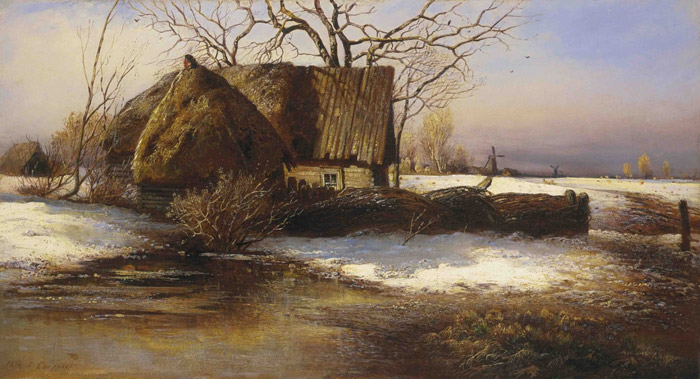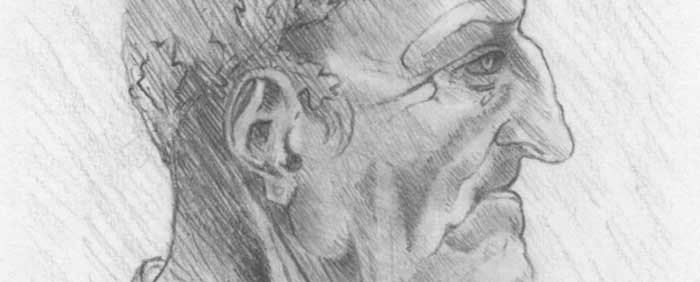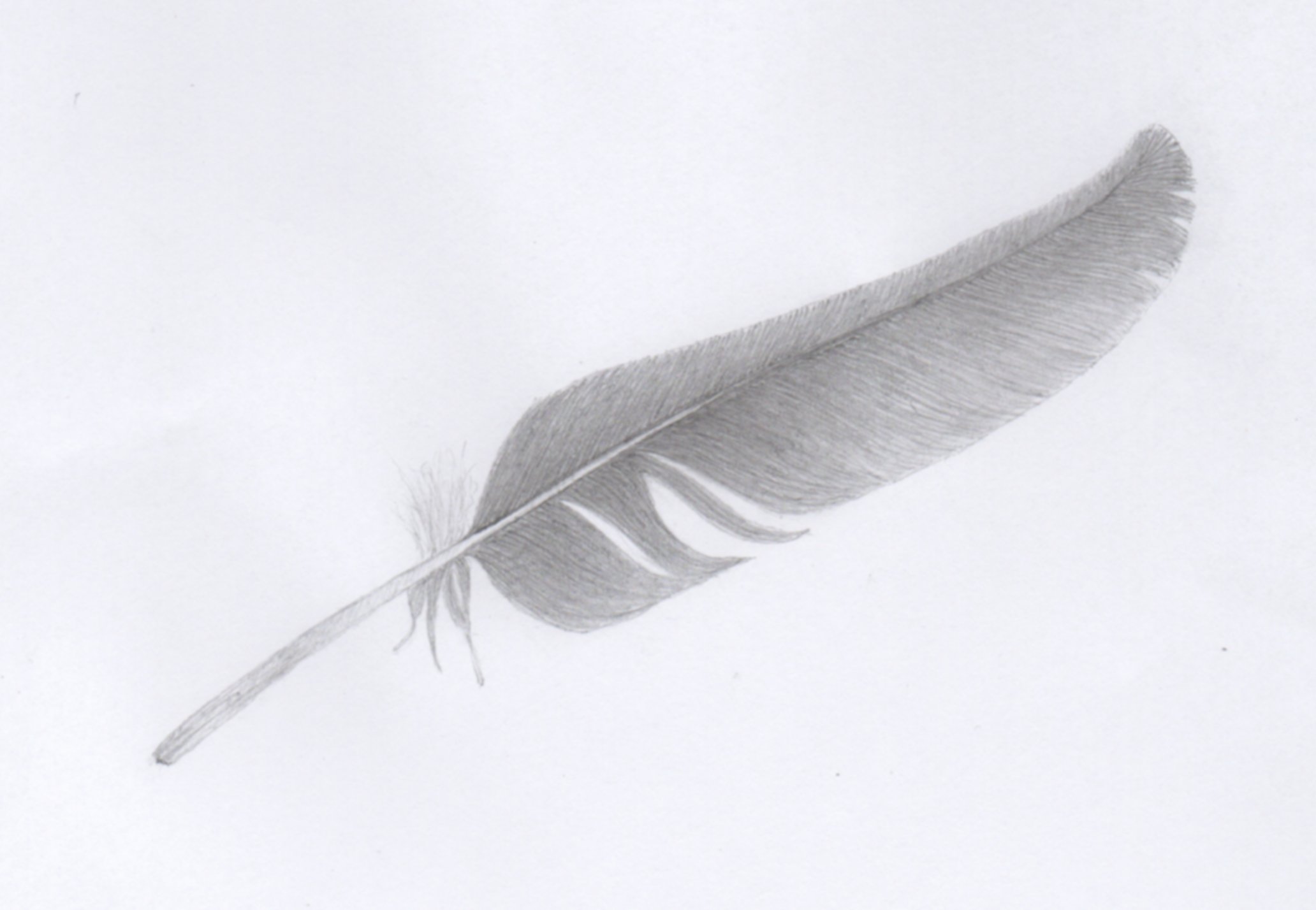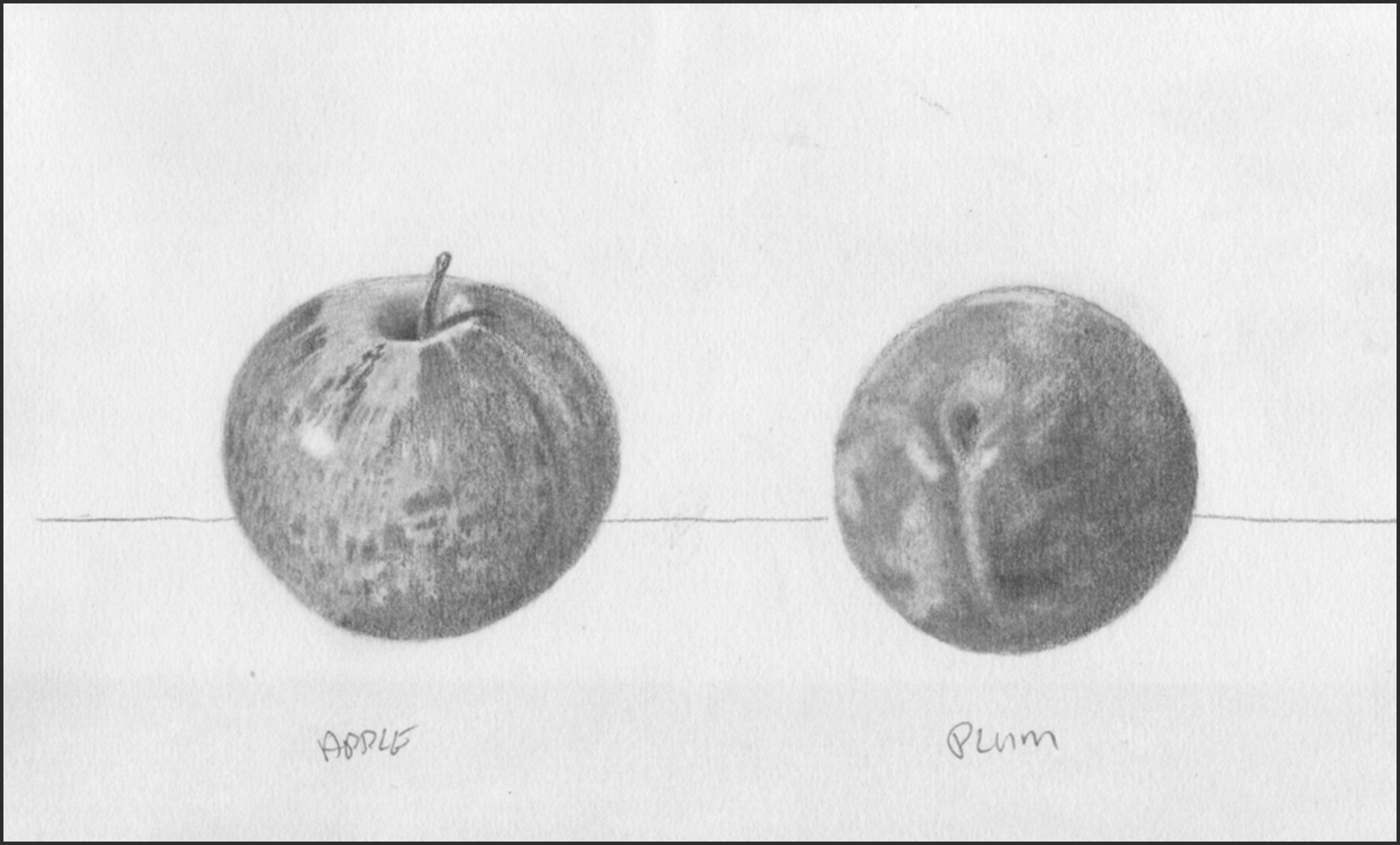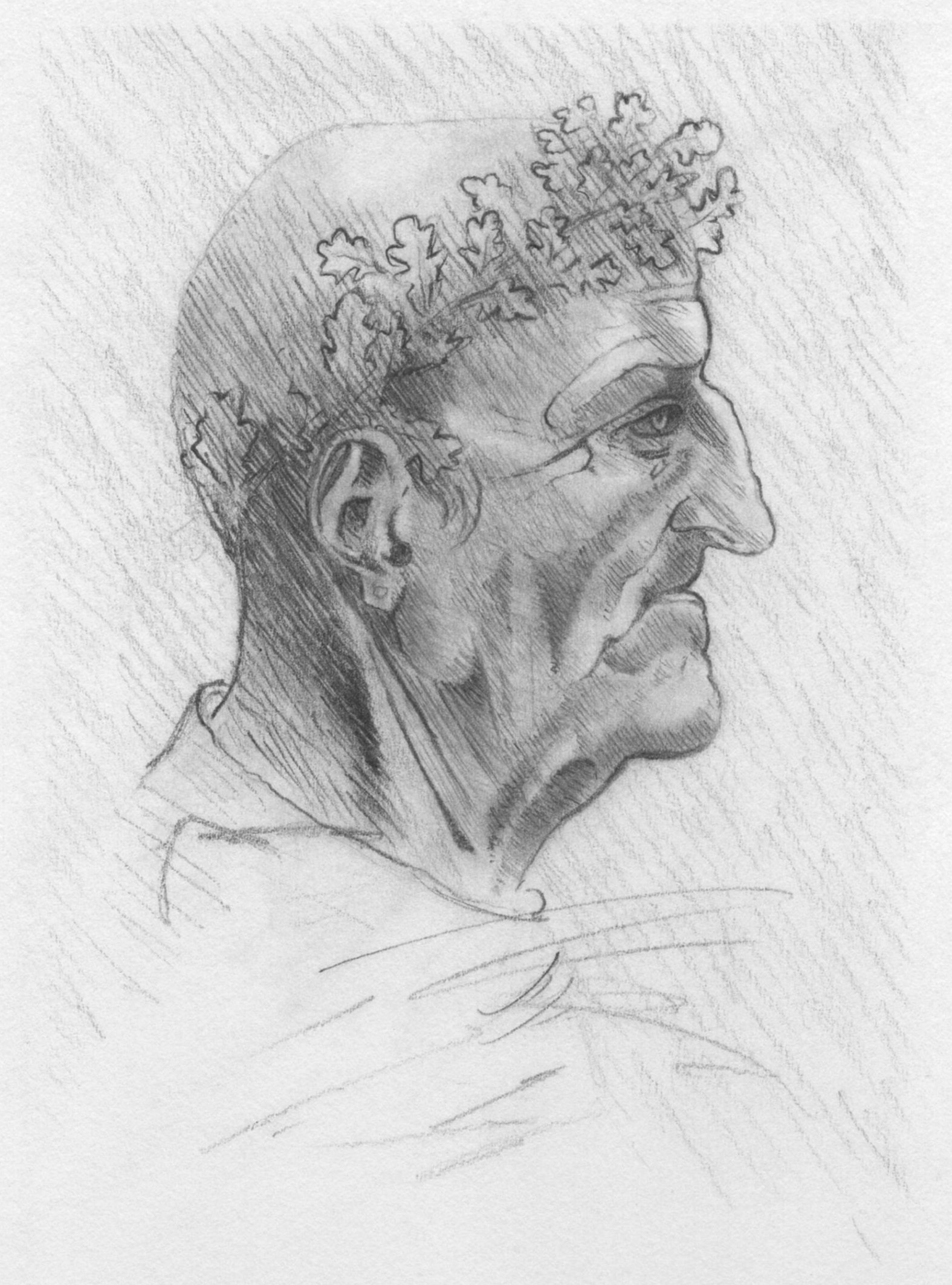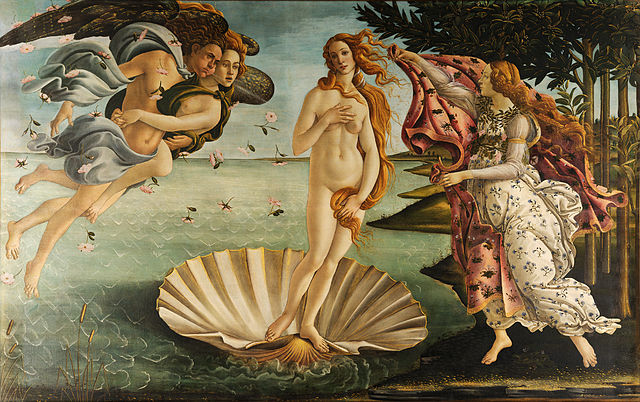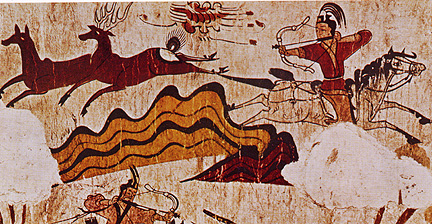Aleksei Savrasov – Russian landscape painter
Article by Vladimir London, Drawing Academy tutor
Born 12 May 1830 in Moscow, Aleksei Savrasov demonstrated artistic skills early; indeed, he sold his earliest landscape paintings at age twelve! Although his father wanted him to follow in his footsteps and become a merchant, Savrasov entered the Moscow School of Painting and Sculpture in 1844, focusing on landscapes. His father was so opposed to art school that Savrasov quit after only a few weeks, but was encouraged to return by his instructors in 1848. Studying under Rabus, he became the most distinguished landscape student at the academy. After he caught the notice of a notable patron of the arts, Likhachev, he received a scholarship to study in Odessa, where he further developed his landscape technique. The paintings made around this time earned him a certificate of appreciation from the art school,…


